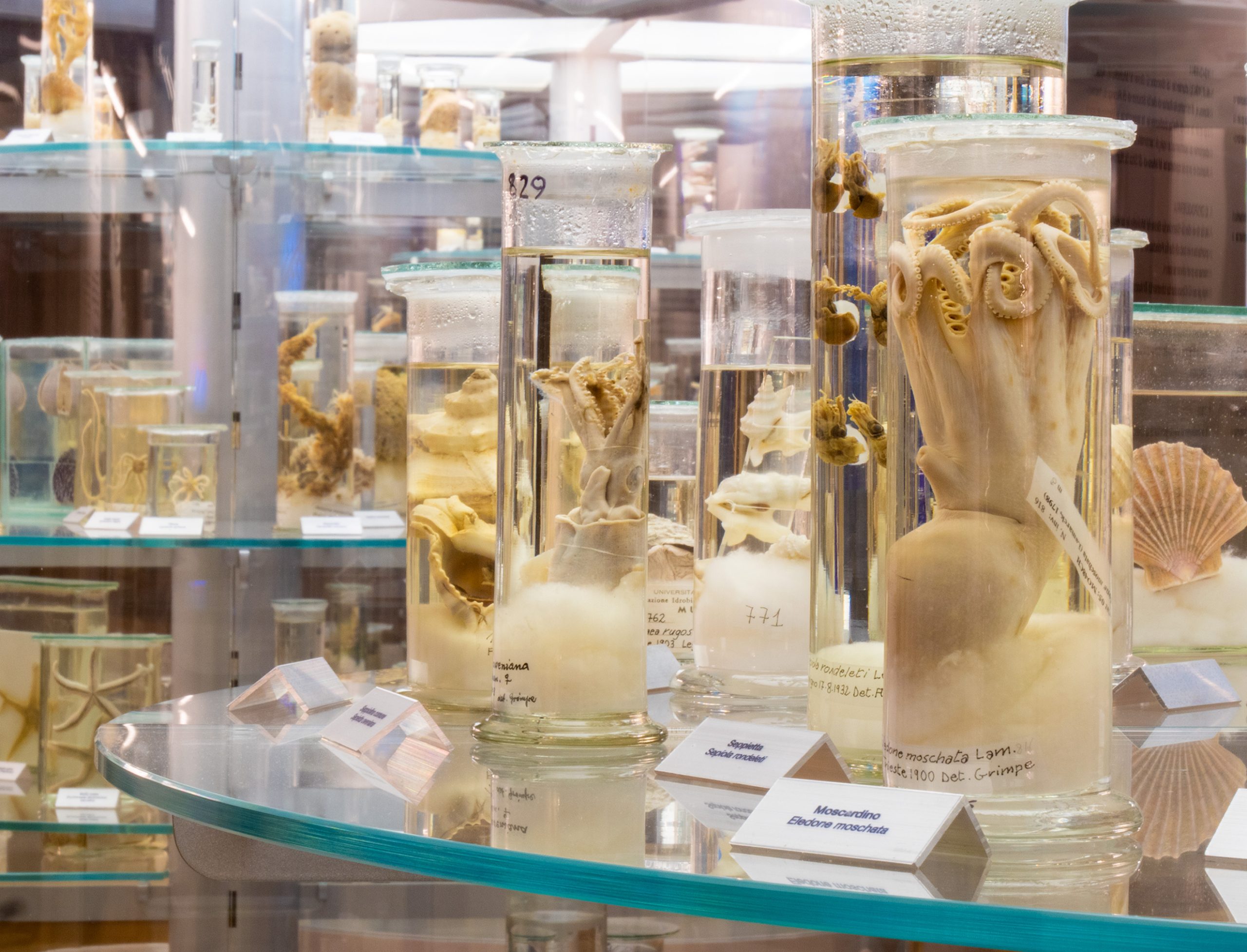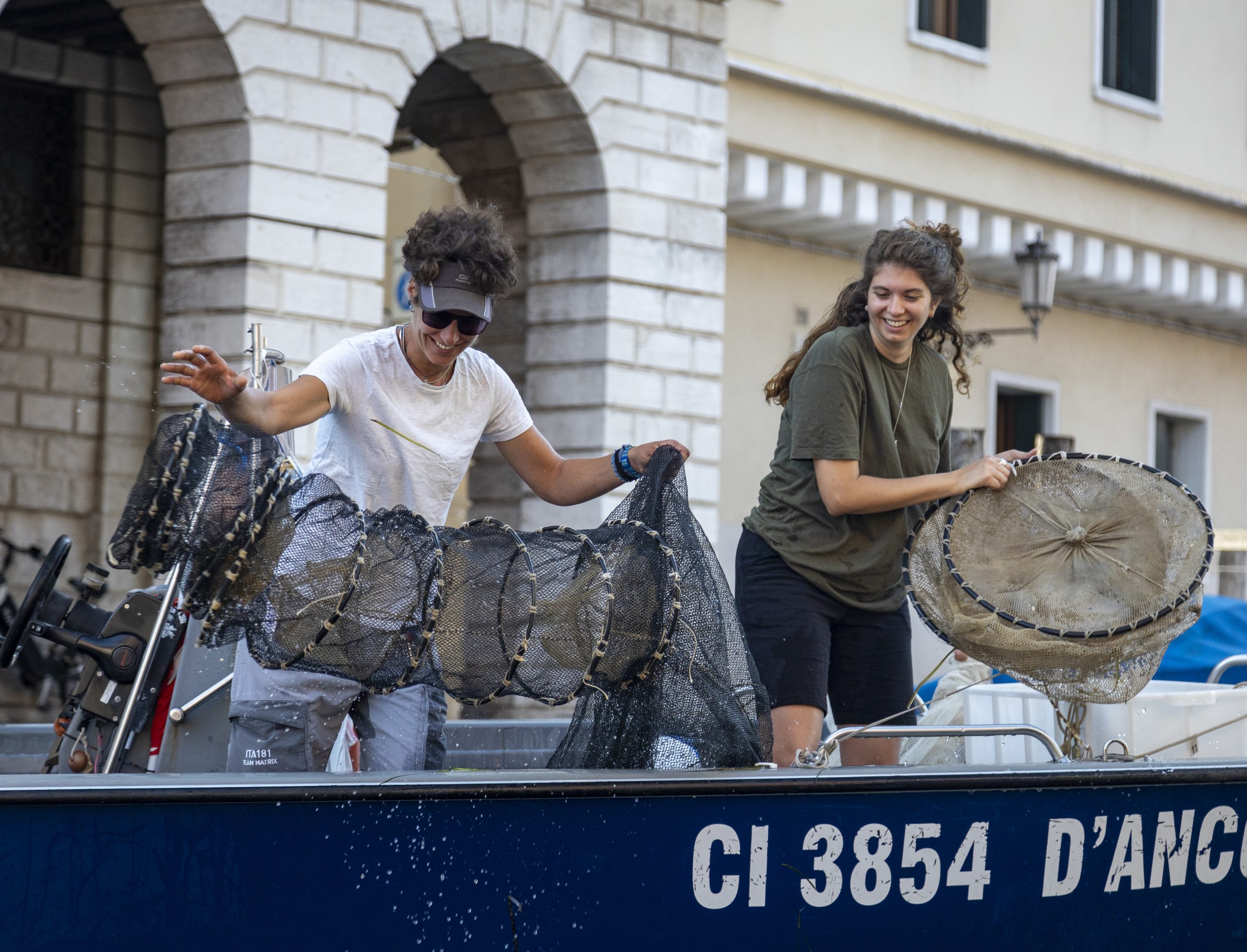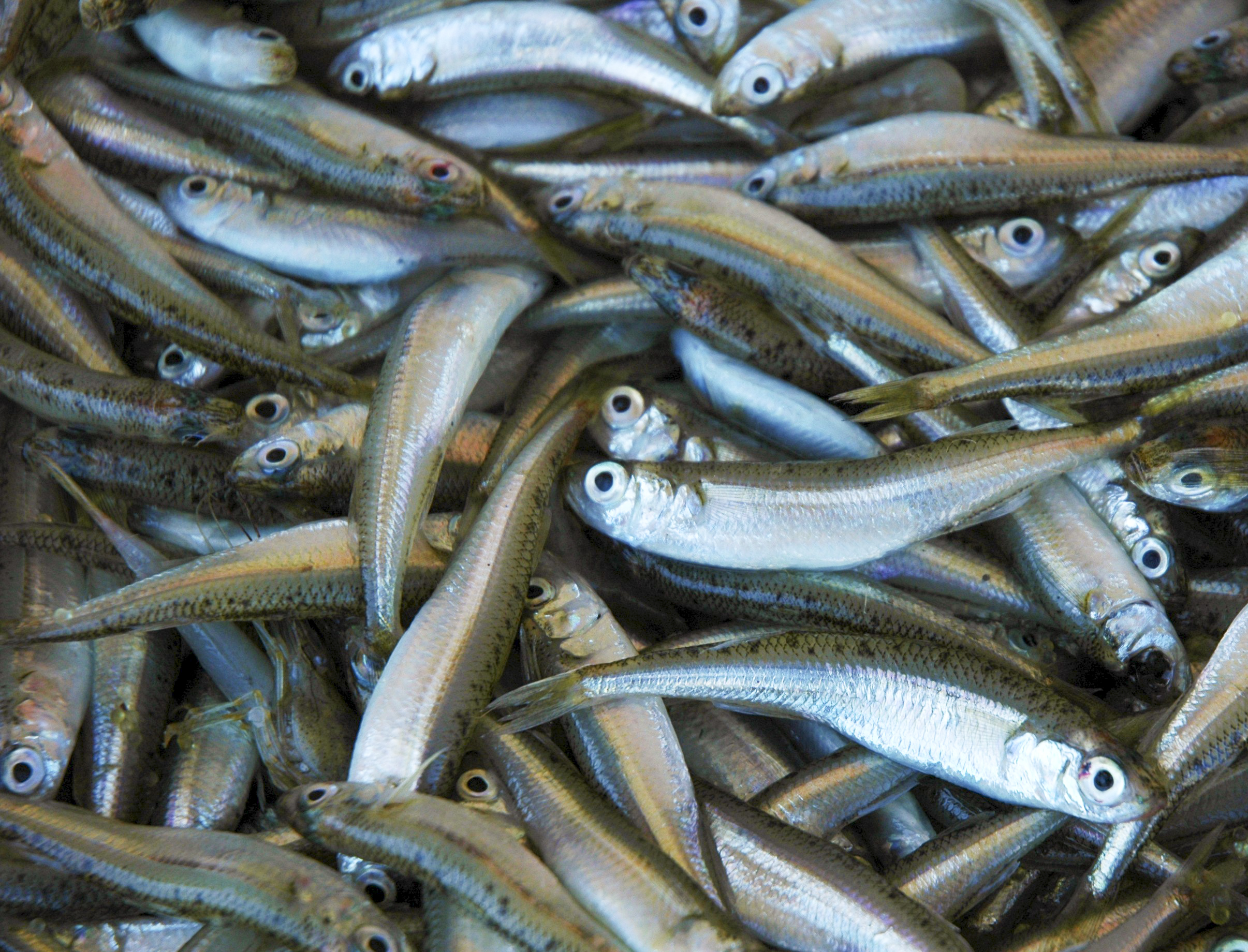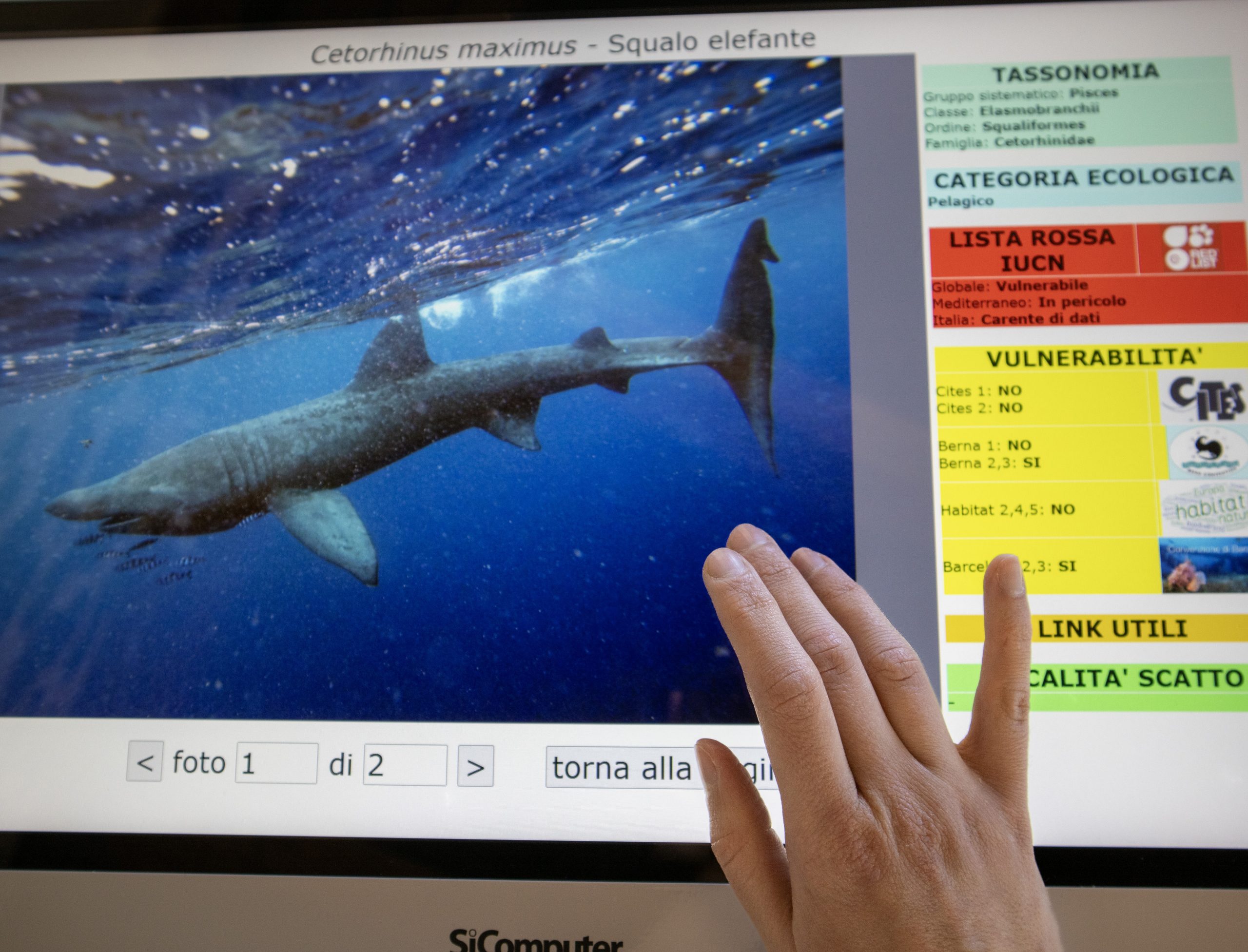When the Trieste and Rovinj Collection was formed at the turn of the 19th and 20th centuries, direct sampling of marine organisms was the main way of being able to observe their characteristics, if not the only way. Since the 1940s, with the advent of new diving technologies and underwater photography, it is now possible to discover the extraordinary peculiarities of the underwater world even through a screen. This is due to the work and dedication of experts such as Egidio Trainito. A scholar and diver with decades of experience, Trainito has profoundly influenced research in marine biology in the fields of research, education, environmental education and science popularization, which earned him an honorary degree in Marine Biology in 2023.
Among the reasons that led the University of Padua to bestow the prestigious award on Trainito are his studies, which have contributed to the growth of knowledge “concerning the occurrence and distribution of various marine species and the description of new species.” “His underwater expertise has allowed him to contribute to the description and mapping of ecosystems in several marine protected areas, with which he still actively collaborates, and to underwater archaeology projects.”
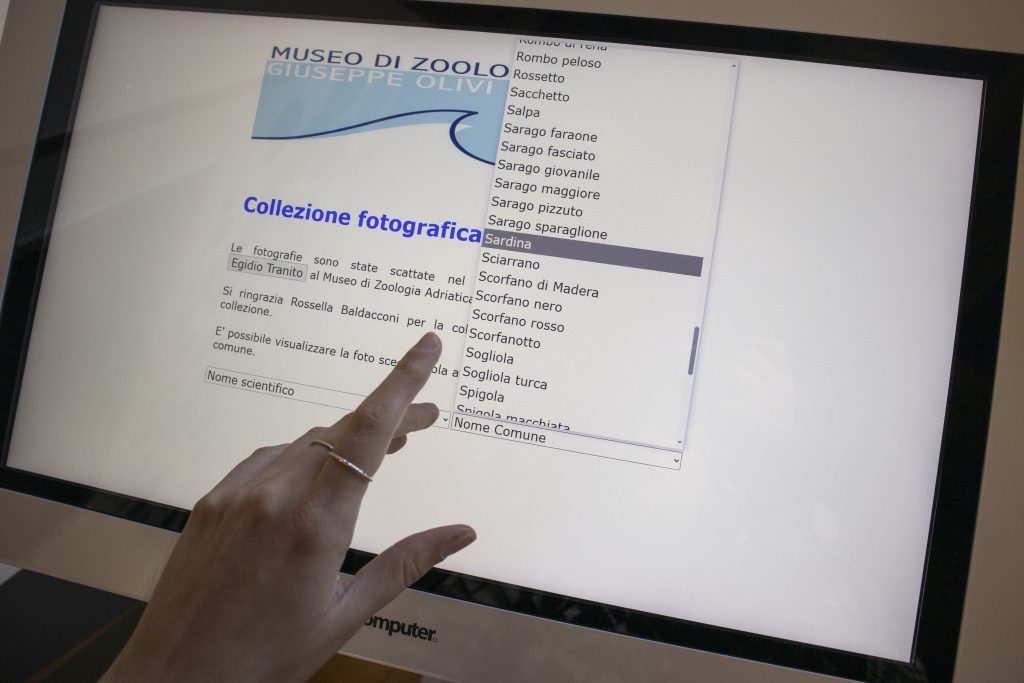
At the Olivi Museum in the Collection Room there is a totem pole where some of Trainito’s photographic work can be viewed. It is possible to search for each animal from its scientific name (e.g., Cetorhinus maximus) or its common Italian name (e.g., Basking Shark). For each species, it is possible to examine the special characteristics as well as the conservation and protection status at the international level. Many of the specimens photographed are in the Trieste and Rovinj Collection and on display at the museum, making it useful to compare them with historical specimens now devoid of their original coloration.

